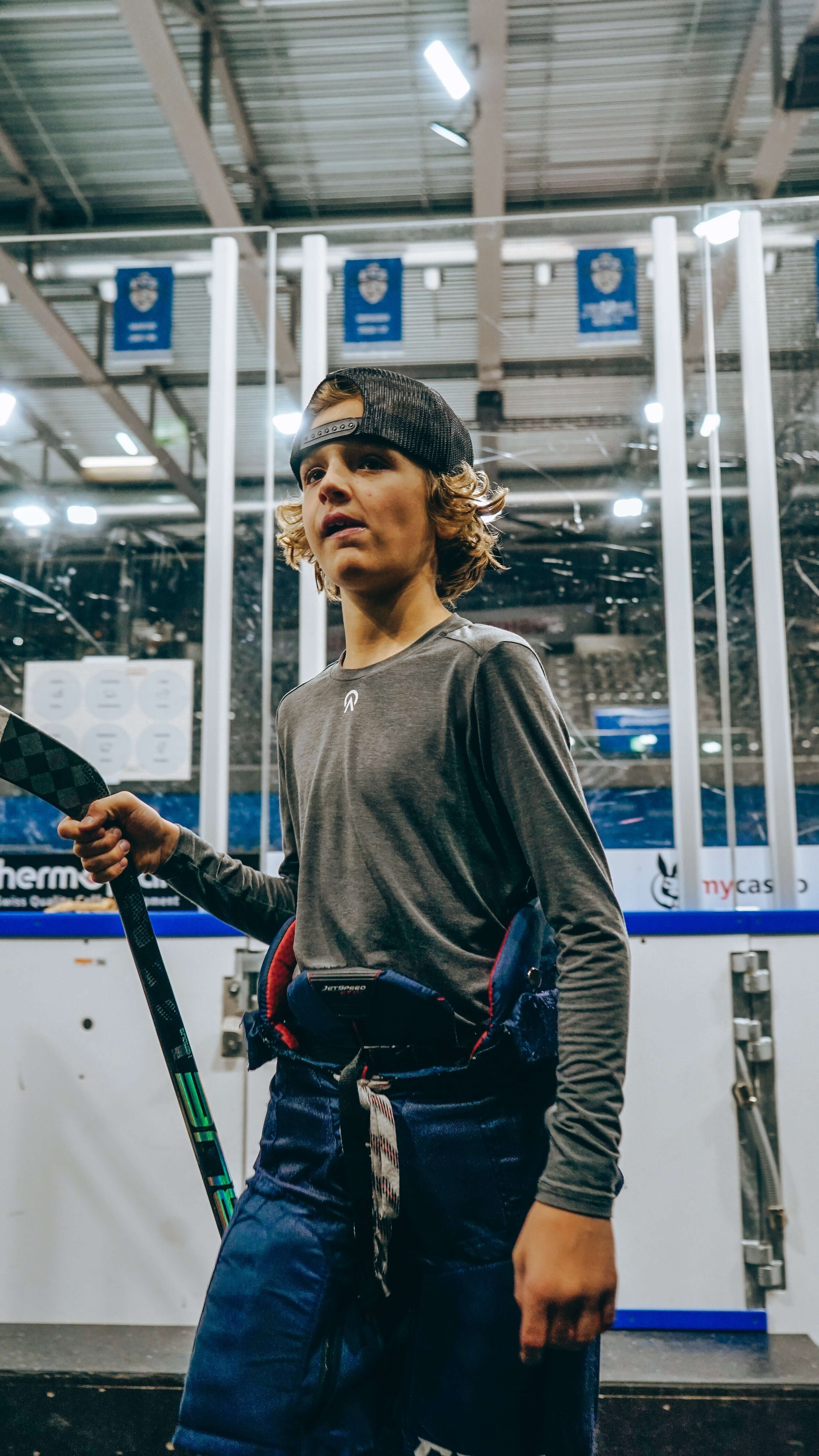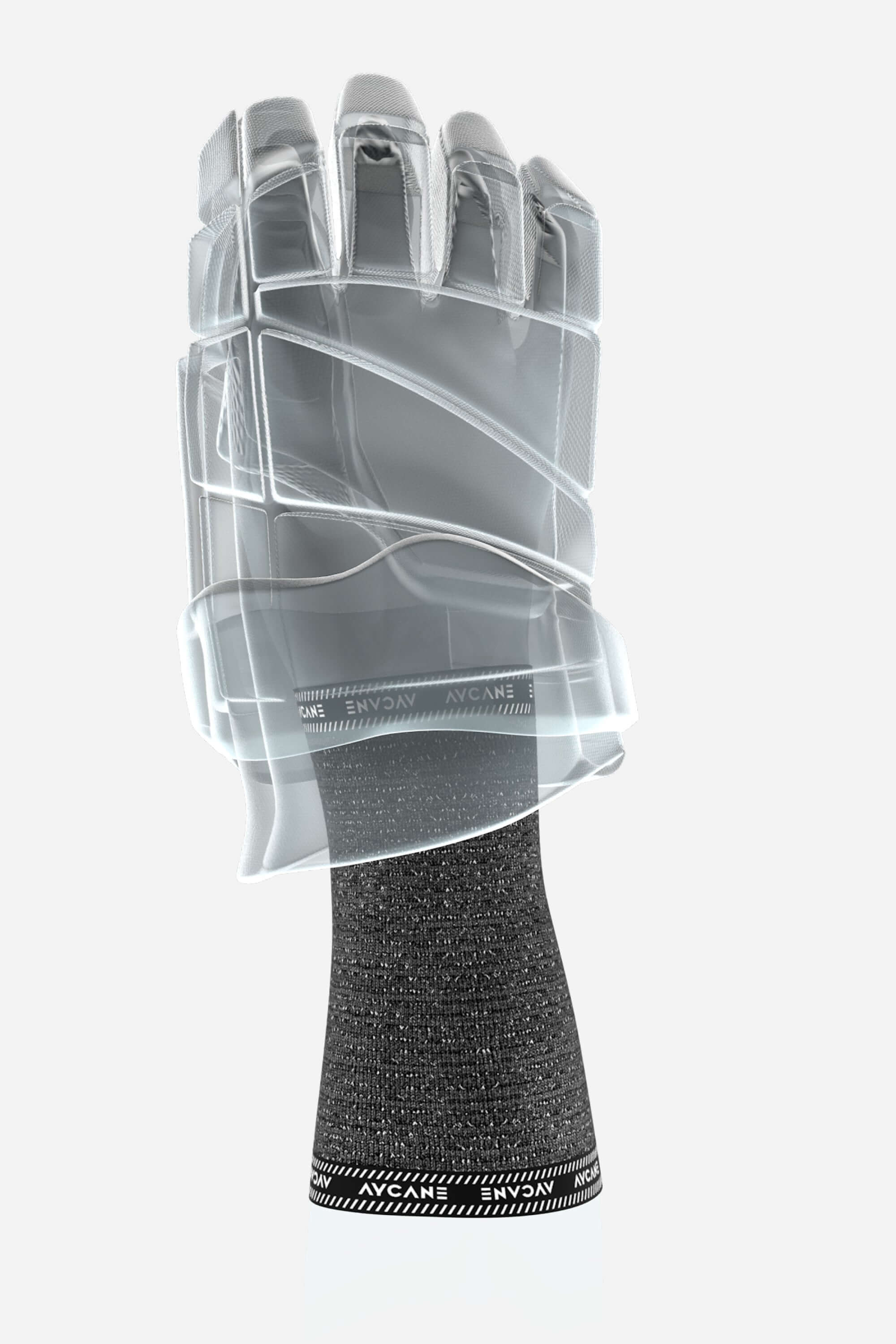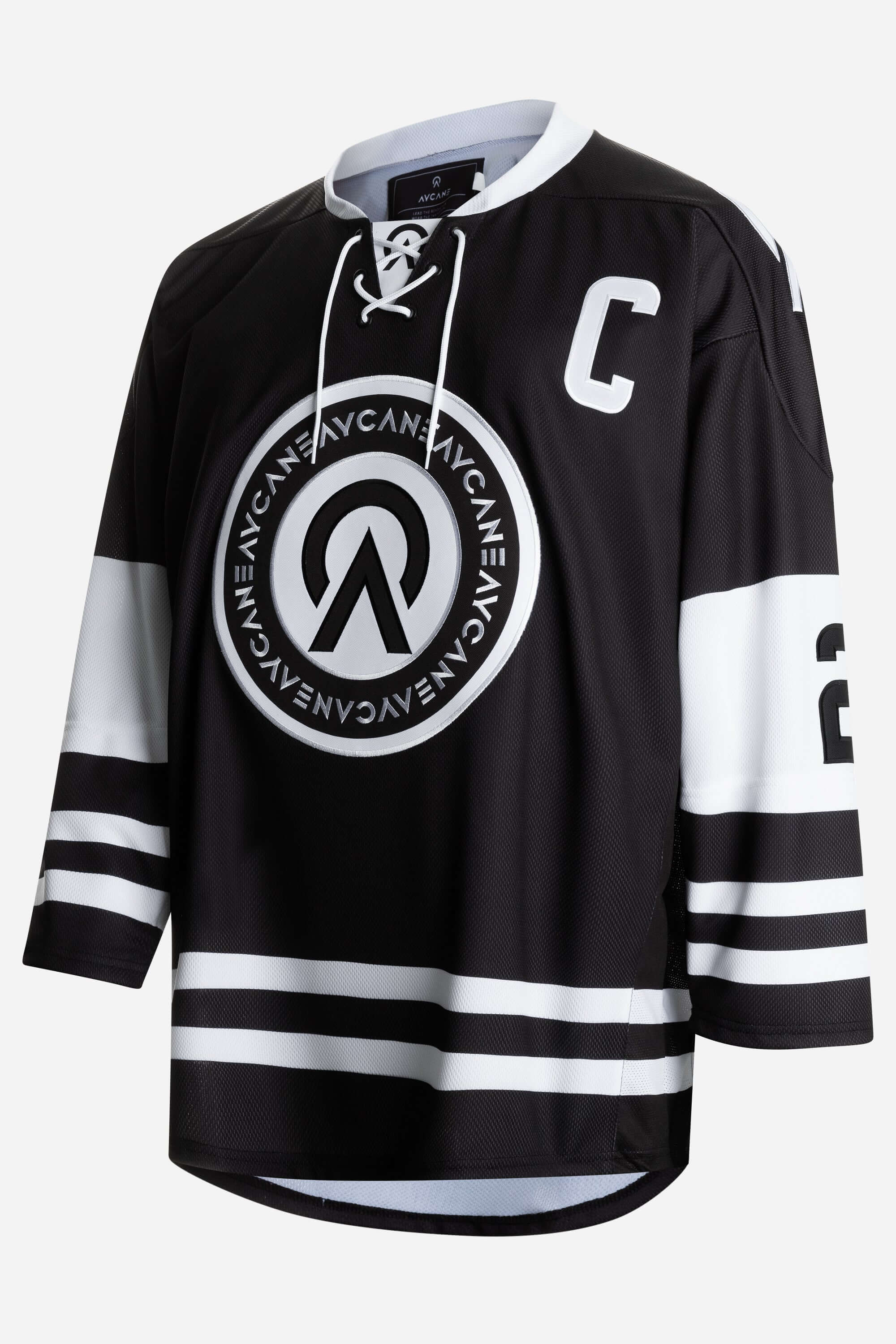Onslaught on Ice: How Aggressive Tactics Can Turn the Tide of the Game
Ice hockey is a sport defined by its intensity, physicality, and strategic battles on the ice. While finesse and skill play significant roles, there are moments in every game where aggressive tactics can shift the momentum and turn the tide in favor of one team.
In this blog post, we'll explore the impact of aggressive tactics in ice hockey and how they can be employed to mount a relentless onslaught on the ice, ultimately leading to success.
Understanding Aggressive Tactics: Aggressive tactics in ice hockey encompass a range of strategies aimed at asserting dominance, disrupting opponents' plays, and seizing control of the game. From aggressive forechecking and relentless offensive pressure to physicality along the boards and in front of the net, these tactics are designed to create chaos and force opponents into making mistakes.

1. Relentless Forechecking:
One of the most effective aggressive tactics in ice hockey is relentless forechecking. By pressuring the opposing team's defensemen and forwards deep in their own zone, aggressive forecheckers can disrupt breakouts, force turnovers, and generate scoring opportunities for their team. Whether it's through aggressive stick lifts, body checks, or relentless pursuit of the puck, forechecking can set the tone for the entire game.
2. Offensive Zone Dominance:
Aggressive teams don't just settle for possession in the offensive zone – they relentlessly attack the net with speed, skill, and determination. By cycling the puck, crashing the net, and maintaining a constant offensive presence, aggressive teams can wear down the opposing defense and create scoring chances through sheer volume of shots and pressure.
3. Physicality and Intimidation:
Physical play has long been a hallmark of aggressive tactics in ice hockey. By delivering clean, hard hits and establishing a physical presence in puck battles, aggressive players can intimidate opponents and disrupt their rhythm. This physicality can not only create turnovers and scoring opportunities but also energize teammates and fans alike.
4. Controlled Aggression:
While aggression is essential, it must be tempered with discipline and control to avoid penalties and maintain focus on the game plan. Aggressive teams know when to pick their spots and when to dial back the intensity to avoid costly mistakes. By playing with controlled aggression, teams can effectively dictate the pace and flow of the game without losing their composure.
5. Mental Toughness and Resilience:
Aggressive tactics require mental toughness and resilience to overcome adversity and stay focused amidst the chaos of the game. Players must be prepared to face physical challenges, withstand pressure from opponents, and bounce back from setbacks with determination and resolve. By maintaining a strong mindset and unwavering confidence, aggressive teams can weather the storm and emerge victorious.
Conclusion:
In ice hockey, aggressive tactics can be a game-changer, turning the tide in favor of teams willing to embrace intensity, physicality, and relentless pressure on the ice. Whether through relentless forechecking, offensive zone dominance, physicality, controlled aggression, or mental toughness, aggressive teams have the power to dictate the pace of the game and seize control of the outcome. By unleashing an onslaught on the ice, teams can overcome adversity, shift momentum, and ultimately emerge victorious in the game of ice hockey.
IF YOU LIKE THIS BLOG POST, YOU MIGHT ALSO LIKE...
























